In my analysis over recent months, there’s one recurring topic. It’s this simple but slightly shocking truth: dental practices don’t make money from check-ups.
This hasn’t always been the case, but with the economic turmoil and ever-increasing costs we’ve seen in the past six months, it’s become clear that routine and hygiene tasks are now unviable. This might sound controversial, because it’s a notion that doesn’t quite fit with our idea of reality. It’s the same mental double-take we might do when we hear that most car dealerships don’t make their profit from selling cars (it all comes from finance, insurances and other incentives). Surely, that staple of the dentists’ service list – the humble check-up – must be where they make their money?
Sadly, no. It’s true that collectively, the dental industry carries out thousands of them every day, but this doesn’t alter the fact that they’re a profit black hole. So why is this?
As we’ve explored in a previous post, income doesn’t equal profit. A surgery with a full day of check-ups might generate, on average, £1,200. Around 45% of that income (around £550, in this case) will go straight to the clinician. From our wide experience, and many instances of probing and honing surgery costs, we know that the remaining costs – those we can loosely term “overheads” – amount to around £650 per surgery, per day. These include things such as electricity, rent, rates, nurses, and consumables. Basic maths here proves that the costs (£550 plus £650) are the same as the income.
As this rising tide of costs becomes steeper and ever more perilous, suddenly we’re faced with a status quo that no longer serves. The combined associate wage and overheads have completely wiped out any profit that could have been made. There’s literally nothing left for practice owners, other than a charitable but complicated system for keeping people in jobs. And let’s face it: even charities need money.
This certainly doesn’t mean that practices shouldn’t offer check-ups. They are to dentistry what milk is to supermarkets. An essential but non-profitable commodity that gets people through the door in the first place. Everyone needs a check-up, just as (almost) everyone needs a pint of milk. But from there, you can interest people in the things that hold far greater value. In a supermarket, this might be a £3.50 “snack-sized” pot with a chunk of melon, two grapes, a sliced strawberry, and a folding fork. The profits made on goods such as these more than make up for the damage limitation of stocking milk.
It all comes down to value perception. The inconvenient message is that if you have a large plan-membership practice, and all your operations are designed to effectively deliver check-ups and hygiene, you’ll find that you now have a broken business model. In the NHS, where throughput is the main priority, dentists can only boost profits by working more quickly or paying clinicians less. But for private practice, the solution lies in offering other treatments; those such as crowns, bridges, Invisalign and implants. In a half-hour appointment, a dentist can generate far more profit from a high-value treatment, compared to something that falls within the remit of “maintenance”.
Proposing these treatments to patients may feel uncomfortable to begin with, but many of them will love it. Often, patients want to spend more on treatments and will look to dentists to suggest what they need. With this in mind, don’t be too apologetic about making suggestions. It’s your job to spot opportunities and resolve any issues, and you’re doing them a service by doing so.
Dentistry is a booming industry with a huge amount of demand, but it’s up to dentists to venture out to meet it. Remaining within the comfort zone of plans and maintenance is no longer commercially viable – regardless of the size and scale of your operation. This much is evident from the recent news that Bupa has taken the “difficult decision” to close, merge or sell 85 of its UK dental practices, blaming a shortage of dentists and increased costs.
Though this is concerning, it’s also a helpful red flag. The key take-away is that it’s crucial to start making more money within your practice. This means that you’ll also be able to pay more in wages, allowing you to attract and retain staff. There’s always an equation to be balanced, and knowing this is the first step to doing something about it.
There’s no denying that the dental industry was “easier” five years ago. But these days, it’s the bold that will succeed. If you track your maths, you can get a better read on your position and begin making changes. And, if you need help, we’re here. To quote Leon Meggison, as he famously paraphrased Charles Darwin, ‘It is not the strongest of the species that survive…but the one more responsive to change.’








